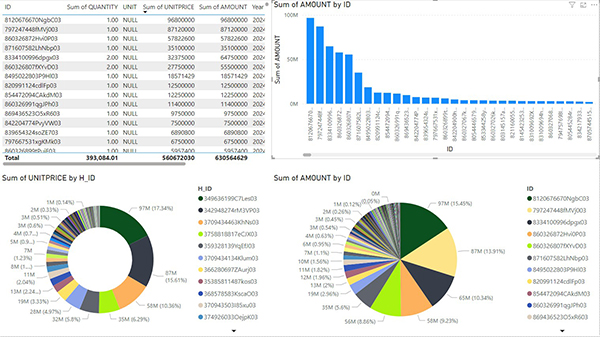Big Data, also known as massive data, has been extensively used for internal data analysis, business intelligence (BI), and statistical applications within enterprises in the past decade. However, today, Big Data is no longer just a data processing tool—it has evolved into a mindset and business model. As data volumes grow exponentially, storage costs decline, software technologies advance, and cloud environments mature, businesses are increasingly challenged to transform data analysis from merely understanding past trends to predicting future outcomes. Even more ambitiously, enterprises aim to innovate and create entirely new business models.

 The Four Key Steps of Big Data Analysis:
The Four Key Steps of Big Data Analysis:
- Data Acquisition
- Data Storage
- Data Processing
- Data Visualization
Data is being generated constantly and ubiquitously. For example, your commuting routes to work can serve as business reference data when selecting new store locations. For enterprises with a large user base, collecting user activity logs can enable data-driven predictions about future trends.On the other hand, smaller companies may need to actively invite users to fill out surveys to gradually accumulate valuable data, highlighting the importance of data acquisition. Due to the vast amount of data, overcoming storage limitations becomes the first challenge in processing Big Data. Thus, the Mirle Big Data platform utilizes a distributed processing system to manage Big Data by segmenting and backing up data, which helps overcome the limitations of insufficient memory.
To achieve the goal of predicting future trends, the Mirle Big Data platform leverages methods such as classification, regression analysis, ranking, and correlation analysis to identify patterns within the data. It further utilizes models such as decision trees, genetic algorithms, and artificial neural networks for computation. After analysis, the platform's visualization tools convert complex data into more readable and understandable formats, allowing businesses to accelerate their commercial analysis and apply insights to future products.
The Mirle Big Data platform simplifies data analysis by being compatible with various databases, enabling users to generate charts and reports quickly. It also streamlines data integration and preparation, eliminating the need for complex data modeling or coding.




